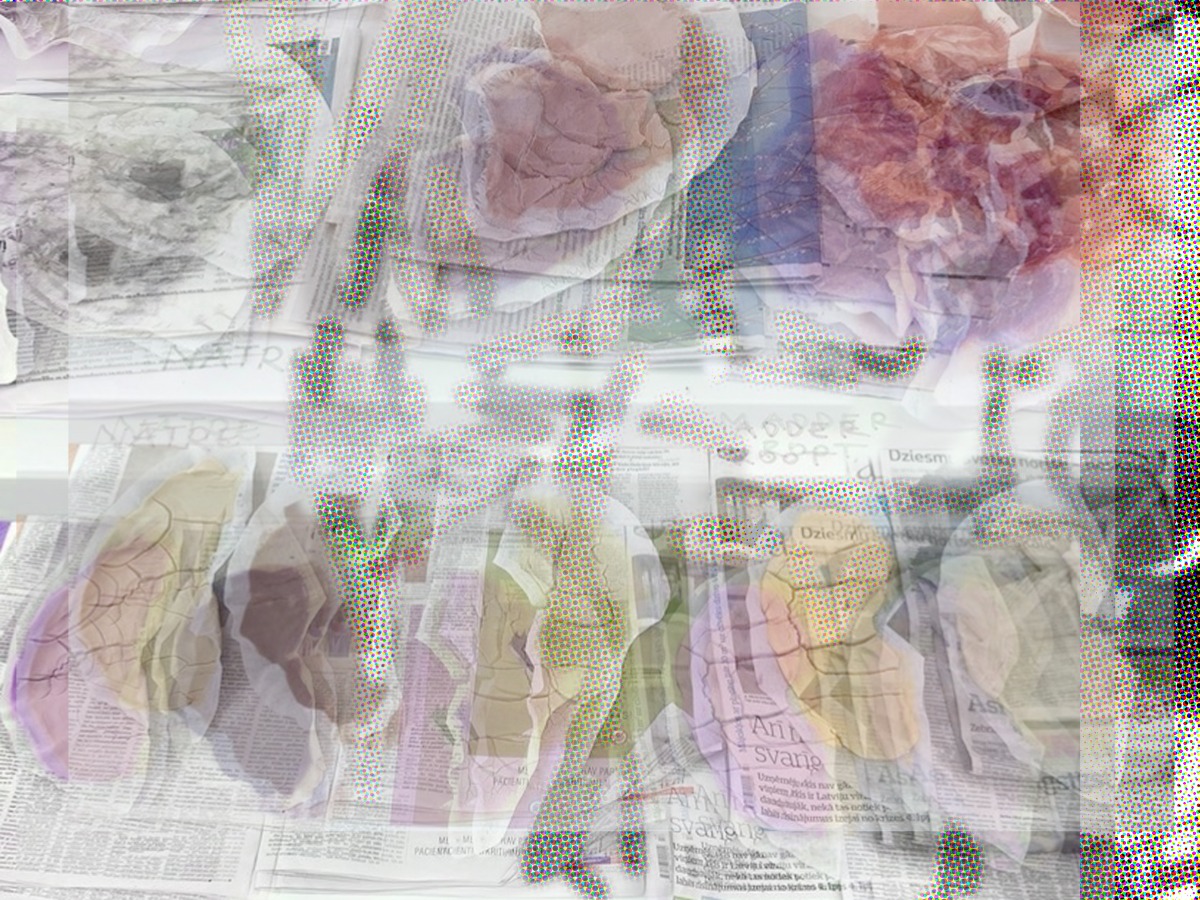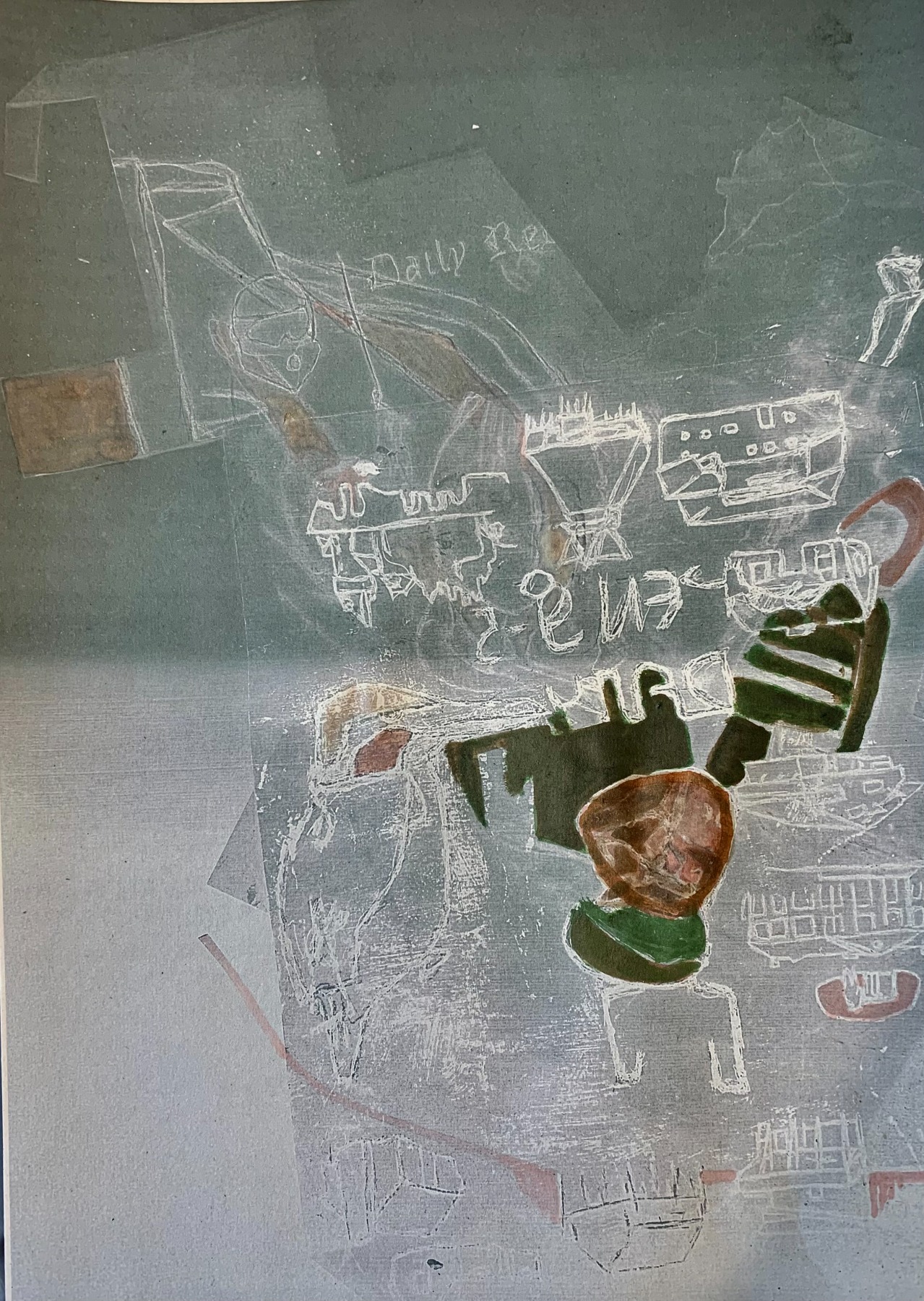
Ruins / Rovine
Ruins, a group art show feat. Inga Meldere, Ilga Leimanis & Richard Magee opening in Sicily July 8
Curator Anda Klavina, in cooperation with the Magazzini Arte Contemporanea gallery in Sicily, is pleased to present ‘Ruins’, a group exhibition including works by Ilga Leimanis, Inga Meldere, and Richard Magee.
The exhibition explores the different ways in which artists have utilised ruins as a symbolic device for understanding the present and imagining the future. Connecting drawings, paintings, prints, and installations by emerging and established artists, the show seeks to understand why ruins – which can simultaneously evoke feelings of melancholy, awe, and anxiety – continue to be a source of fascination for artists in their practice. Set on the backdrop of Sicily, - the land ‘close to the origins of civilization, according to Freud’ the exhibition proposes to use the unsettling effect of ruins as a stimulus for questioning and imagining.
Inga Meldere: detail from digital collage, 2022
Artist Inga Meldere (b. 1979) explores the dichotomy of truth and fiction in the phenomenon of ruins. Her site-specific installations are a careful, meticulous ‘restoration’ of a fictitious past. By retrieving mythological figures from medieval allegories on the wall of a wooden house in Riga, or ‘discovering’ a piece of ‘fresco’ in a Helsinki parking lot, she plays with the simulacrum-like quality of ruins, inviting her viewers to be more careful (or even gentle). The imaginative and fluid quality of her ‘restorations’ conjures multiple story lines where the global ecology is more balanced, females have more agency, and history is fairer.
Richard Magee, Even More (False) Rumors Study, detail, painting series, 2022
One could say that the young Irish painter Richard Magee (b. 1994) is interested in the archeologisation of ‘the now’. In his works, the most ordinary modern things often take on the appearance of ruins: A WIFI icon looks like an ancient Inca sign, and home utensils appear to be retrieved artefacts, casting doubts about their intended use. By mixing visual elements from collective and private history, he creates layers much like between the psyche and the physical world, where ‘historic’ events intertwine with the current reality simultaneously and unpredictably. Layering also occurs by using such techniques as screen printing and painting on self-made paper. By using strange and deformed angles, Richard’s art is estranged from the usual, and invites archeological research into the everyday and the contemporary.
Ilga Leimanis: The Gesture of Erasure, detail, 2022
Ilga Leimanis (b. 1972) is concerned with the process of erasure, whether it is in her drawings and sketches, or in performative walking where the ‘line’ of footsteps is immediately ‘erased,’. For her, deletion is a two-fold process - one can delete more than intended, and then the steps for the restoration work are clear, or one can leave some traces of a previous mark. In the ‘Ruins’ show, the London-based artist is
looking at erasure in the context of women's invisible contributions to daily life and art history, and Russia’s attempts to erase Ukraine from the political map. The artist uses the traditionally feminine crafts of weaving and embroidery as a form of resistance. By recycling her previously-used materials and weaving hem into fabric, she creates a new matrix in which the ruins of memories act as an amplifier of possibilities.
The show’s artists use the process of creating the impression of a ruin to express the differences in, or distance from, personal memories of the past. They do not try to ‘enliven’ the past. On the contrary, they look at the aspects of ruins that are attached to potential futures. “History (like art) is inherently utopian. This is something that ties art to history,” (Peter Osborne, 2013).
Where else can one seek the future, if not in ruins?
Galerija Magazzini Arte Contemporanea
Via Custonaci 5, 91100, Trapani, Sicily, Italy